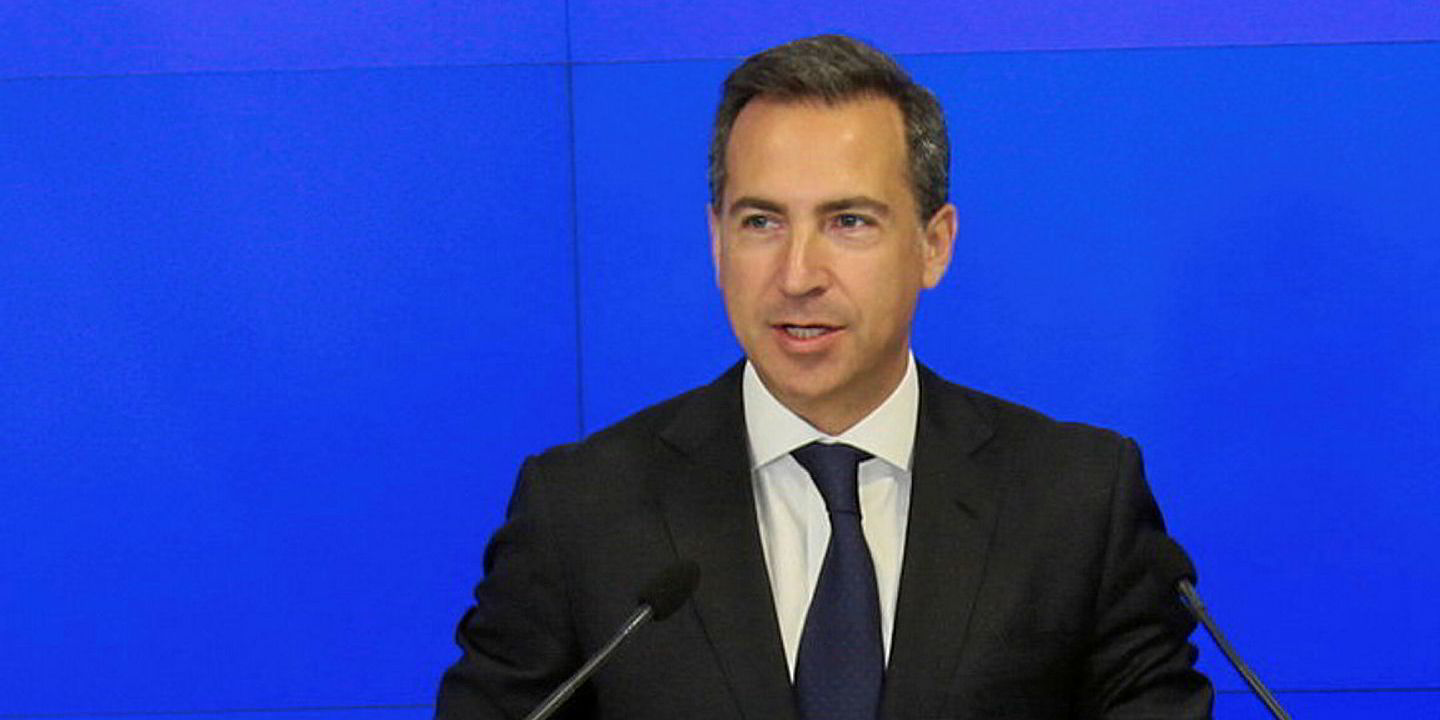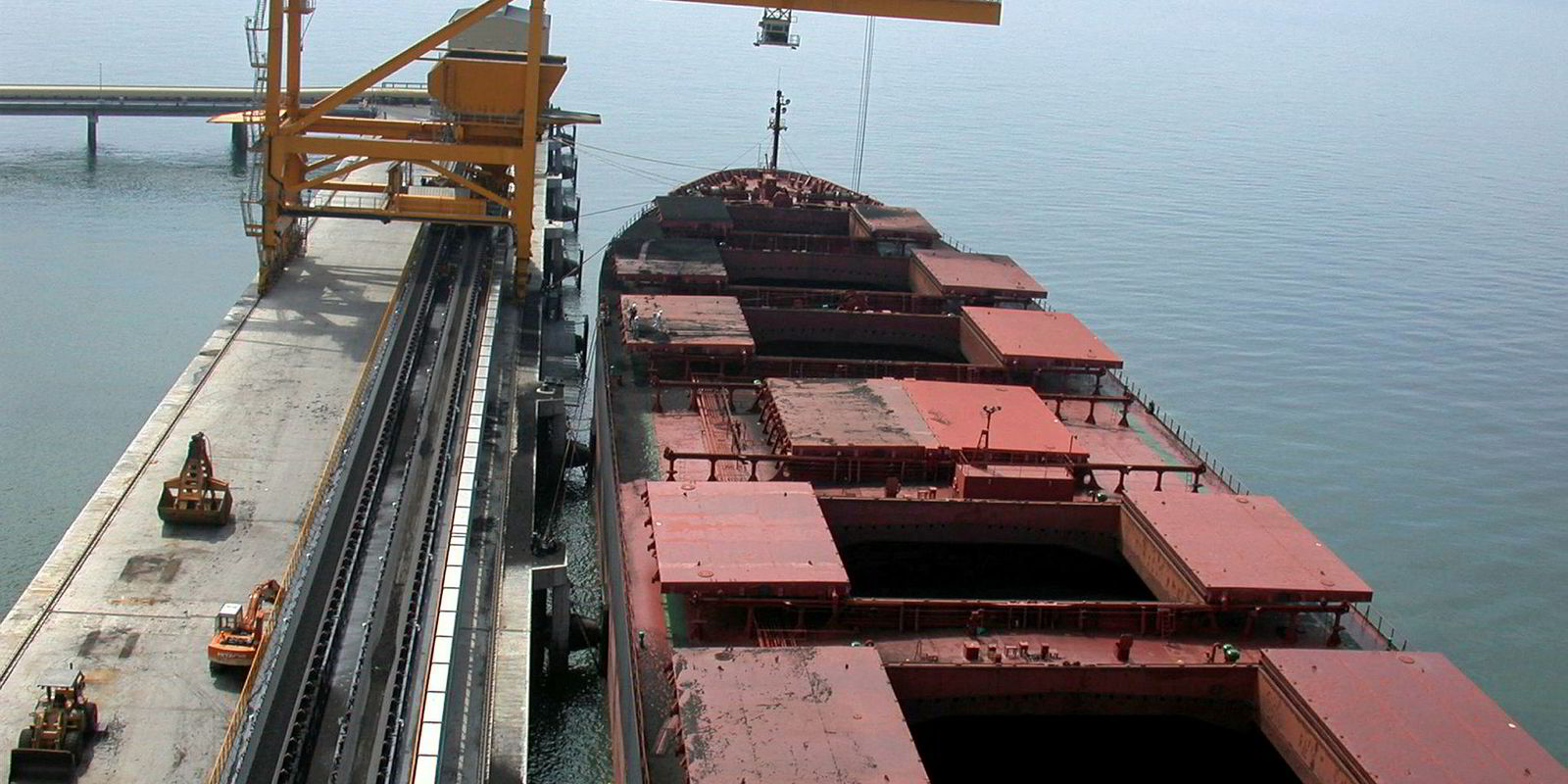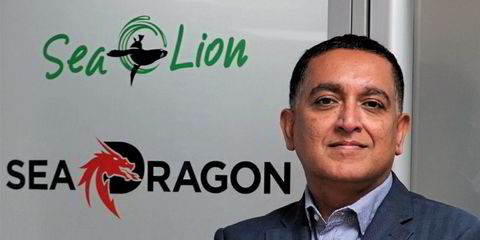Capesize owner Seanergy Maritime booked a net loss during the second quarter, having been hit hard by the market downturn in the first three months.
The Nasdaq-listed company, however, saw cash flow rise by around $33m during the period, according to its quarterly report.
Seanergy posted a $6.9m loss for the period, a slight improvement compared to the net loss of $8.9m recorded during the same quarter last year.
Stamatis Tsantanis, Seanergy’s chief executive, said the results were hit hard by the "series of negative events" that impacted the capesize market in the first quarter of 2019 — but was insulated from the worst effects.
"Seanergy was well placed to capture the upturn, based on index-linked employment for part of the fleet and favorably positioned spot vessels," he said in the company's quarterly report.
Revenue saw a 12% year-on-year increase to $18.8m, despite Seanergy having one less vessel in its fleet compared to the same quarter of 2018.
New financing
Adverse market conditions during the first half of the year prompted Seanergy to tweak its financial arrangements, which has improved cash flow by around $33m, Tsantanis said.
In May, the company priced a $20.5m follow-on offering and concurrent private placement.
Seanergy also obtained $9.5m in commitments under two new loan facilities and rescheduled $3.3m in principal payments due in 2019 under certain of our loan facilities.
Tsantanis said "favorable" developments in vessel supply and demand will contribute to a "sustainably healthy market" in the future.
Scrubber installations update
Five of Seanergy's 10 capesizes are fixed on index-linked period charters and will have scrubbers installed between July and October this year, as TradeWinds has reported.
"Upon completion of the upgrade program in November, five scrubbers and three ballast water treatment systems will be installed on our vessels, increasing the valuation of the fleet and the company’s [net asset value] by approximately $12.5m," Tsantanis said.
Scrubbers and ballast water treatment system have already been fitted onboard the 179,000-dwt Lordship (built 2010), which will shortly commence a period charter with a "major European utility" for up to four years.
The 179,000-dwt Partnership (built 2012) is presently having scrubbers fitted.







